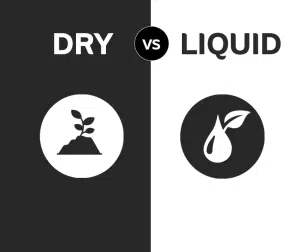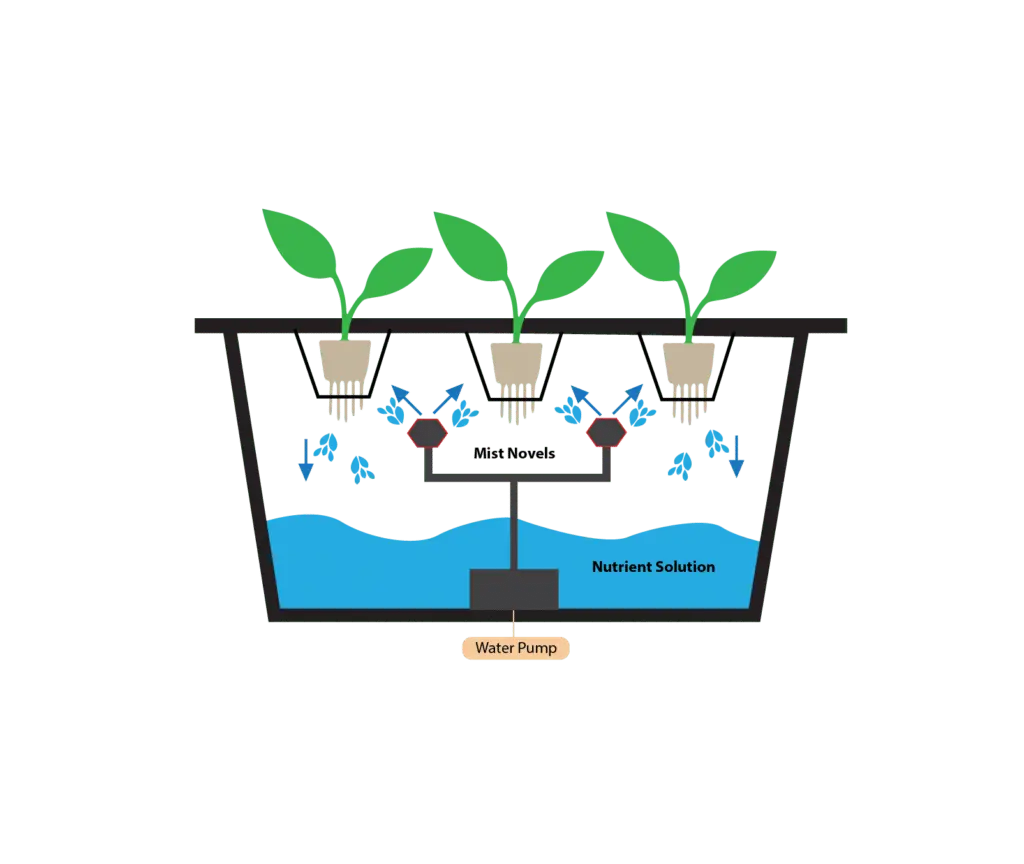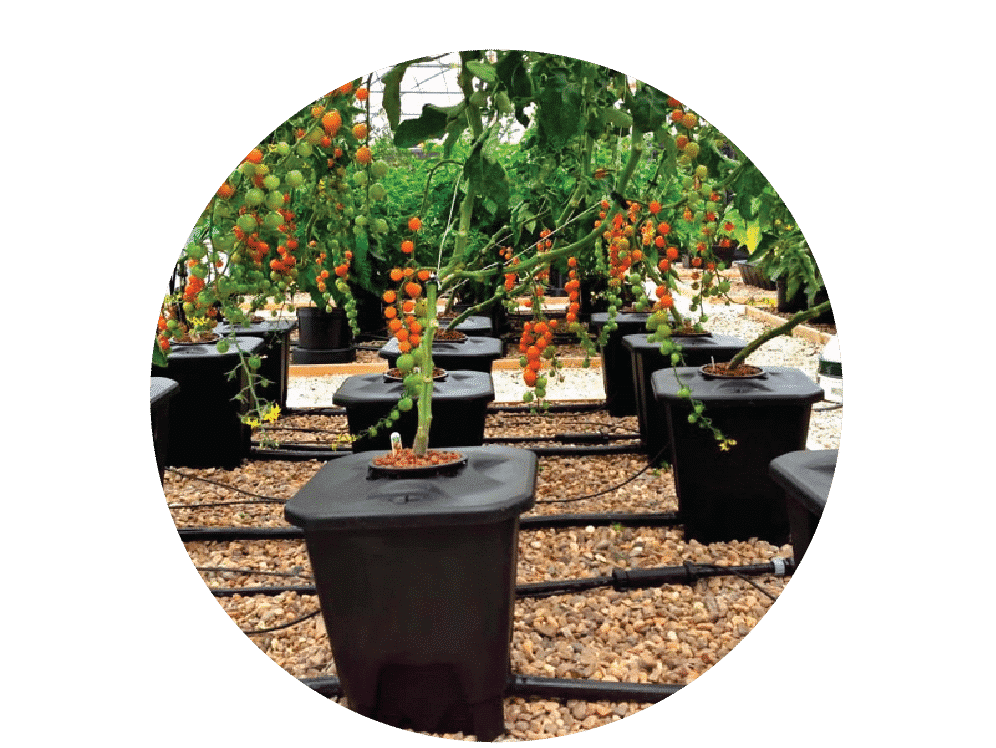
Inventory Count: Thursday, April 24th – Friday, April 25th. Resuming normal operations on Monday, April 28th. To avoid delays, check the order cutoff date: More Details
Recent Posts




Upcoming Events
Latest Comments


When faced with the task of gardening indoors, there are many systems, styles and cultural practices that can lead growers towards a successful harvest. However, among other systems that seek to reward gardeners with the most fruitful and quality-driven harvests, styles of “hydroponic” horticulture are arguably the most reliable. While other systems utilize soil, peat or other mediums to support plants during a crop, a true hydroponic system relies on nothing but water to facilitate nutrient to root-zone exchange, and offer the gardener reduced water, nutrient and labour expenditures throughout the lifecycle of a plant. If you’re interested in saving your garden time, money and natural resources, then growing with hydroponics may be a good fit. Follow the article below for a detailed description of hydroponics and the most popular water-working systems in the industry.
Hydroponics is the science and method of growing plants outside substrates like soil, and typically involves the “working” of water to strategically satisfy the needs of growing plants. This definition, however, can be used quite loosely, as a “hydroponic” garden can be described as any system which utilizes technology in order to irrigate plants that are not in soil. In this sense, even a relatively primitive drip irrigation system can be thought of as hydroponic. The main “goal” or strategy of hydroponic gardening, however, is to manage the growth of plants by maintaining precise measurements of water and nutrients. With these goals in mind, gardeners can typically expect the following advantages (among others) from growing in a hydroponic system:


Although different, all hydroponic systems have a common feature: a reservoir. A reservoir’s function is to store water and liquid nutrients in constant supply. Depending on the system, the reservoir will expel these growth-enhancing compounds by the force of gravity, or an automated pump. So, where are the water savings? Unlike a traditional outdoor garden, where the gardener would hook-up a hose line to the house or garden shed and water plants until run-off, a hydroponic reservoir recycles waste-water and collects the run-off from irrigated plants back into its original holding tank. In this way, a recirculating hydroponic system, especially when driven at scale, can save growers hundreds, if not thousands of gallons of water per crop.

This advantage pairs hand in hand with the point explained above. If the waste-water in a hydroponic system is recirculating back into the reservoir after every irrigation, it is subsequently collected and added back to the sum of water held in the holding tank. This feature of a recirculating hydroponic system ensures that unused water and nutrients can be stored for later use. Furthermore, unlike a traditional irrigation system, a recirculating reservoir, if properly aerated, can function without a water and nutrient change for an average of ten days.

Perhaps the most important advantage to expect from a hydroponic system is the savings of time and labour. In short, hydroponic systems that are governed by a timer do not need to be manually irrigated. This feature can save growers valuable time, and costs of labour on a larger scale. Want to manage your garden from a distance? Check out TrolMaster’s line of irrigation technology available at GreenPlanet Wholesale!
Now that we’ve covered the expected advantages of growing hydroponically, it’s time to examine the types of potential systems that seek to promote these growth-enhancing properties. Now, while this list describes perhaps the most popular systems, it is in no way exhaustive. And, although the systems appear different, they all attempt to facilitate the goal of providing plants with natural patterns of growth through more technologically efficient means. Before choosing your system from the list, make sure you’ve invested in the necessary tools to manage the inputs of your hydroponic system; these may include a digital pH monitoring system, a PPM or TDS meter, and, depending on the type and size of your system, a water chiller may be essential.
If you are looking for a simple, easy-to-use nutrient system for your hydroponic system, look no further than the GreenPlanet Nutrients Dual Fuel feed program.

Perhaps the easiest system to manage, a drip irrigation system can be installed from lengths of premium flexible hose, poly mainline and/or PVC pipe. From the mainline, smaller, even more flexible tubing, commonly referred to as “spaghetti” hose, is extended to the sites of plants for irrigation. All the advantages explained in the section above are present in a drip irrigation system, as pumps that feed the nutrient solution into the mainline can be automated by simple timers; additionally, if plants are suspended above the reservoir on a flood table, all the waste-water has an opportunity to be recirculated into the holding tank.


A flood a drain system is arguably the industry’s most reliable water-based system. In a standard ebb & flow system, plants are stabilized on tables in a variety of media including, peat, coco, rockwool and hydrostone. Water is then pumped up to the table from a reservoir which saturates the medium and then is left to drain naturally through bulkhead fittings back into the reservoir. If you’re new to hydroponics, this system is one that can be mastered after only a single crop.


An aeroponic system uses small fittings attached to mainline pipe to mist the root-zone of plants. The waste-water which runs off the root-tips is then recollected in the reservoir for later use. Unlike the other systems in this list, aeroponic gardens have the greatest potential for water and nutrient savings; however, this system is known to be very tricky to master, and aeroponic gardens require several misting cycles an hour. So, be sure to keep an eye on your crop!


Great for plants that resemble trees, a deep water culture system houses a crop in large buckets or totes and immerses them completely in aerated water. Like an aeroponic garden, this system has amazing potential for water and nutrient savings, because not a drop of valuable resources is wasted. These systems can be fabricated from hardware found in garden stores, or bought pre-made and assembled at home from manufacturers like Current Culture H20.

Ready to elevate your garden? Find out which medium would benefit your system the most by reading the blog: The Difference Between Organic and Synthetic Gardening. Discover which medium, fertilizer and method of use is the best choice for you and your garden. For all other questions, contact a member of the GreenPlanet sales team, or your local garden supply store for product information and purchasing inquiries.
Growing in a hydroponic system? Check out our feed program bundles:
GP NUTRIENTS
COMPANY
CONSUMER
OUR WORLD
CONNECT
NEWSLETTER
usinfo@mygreenplanet.com
+1-866-913-4769
Monday: 8am – 4:30pm
Tuesday: 8am – 4:30pm
Wednesday: 8am – 4:30pm
Thursday: 8am – 4:30pm
Friday: 8am – 4:30pm
Saturday: Closed
Sunday: Closed
Week of Dec 18-22- Regular operating hours
Dec 25- Closed (Stat Holiday)
Dec 26- Closed (Non-Stat day off with pay)
Dec 27-29- Regular operating hours
Jan 1- Closed (Stat Holiday)
Jan 2-5- Regular operating hours
Recent Comments